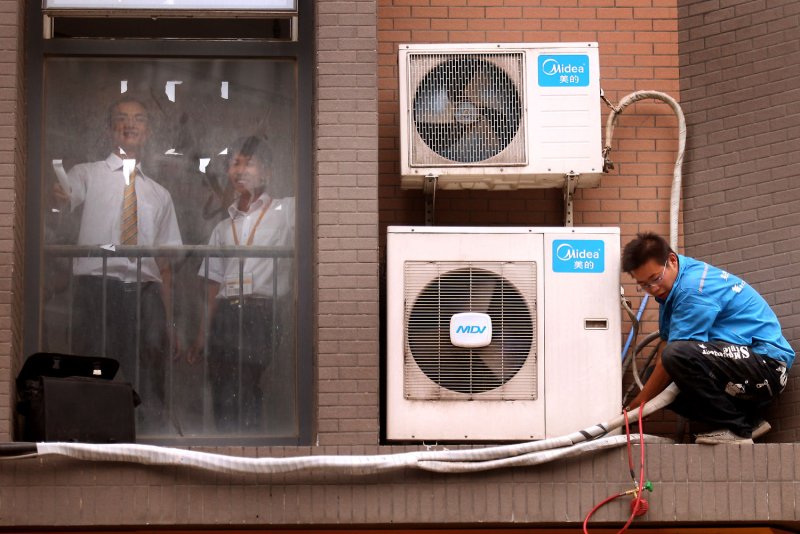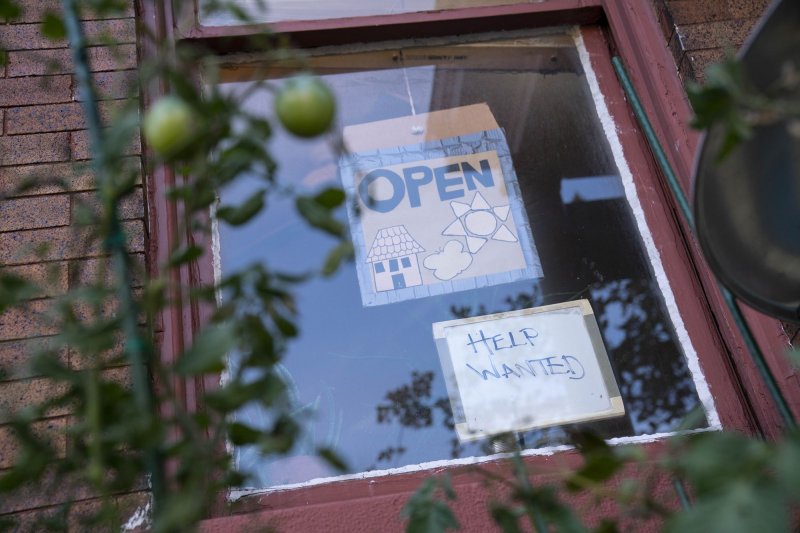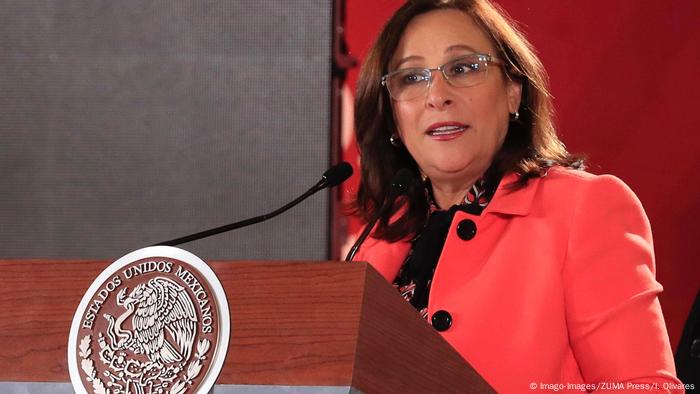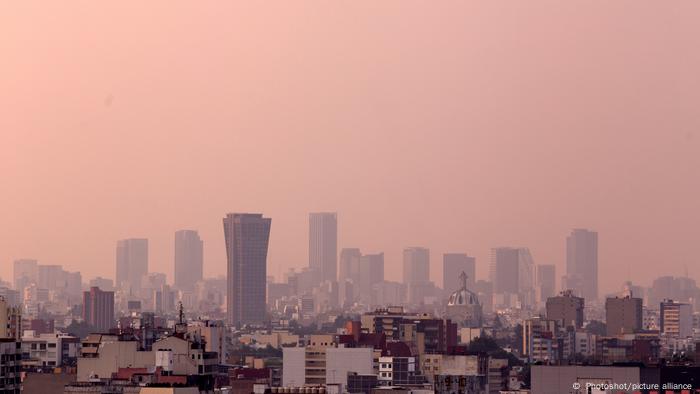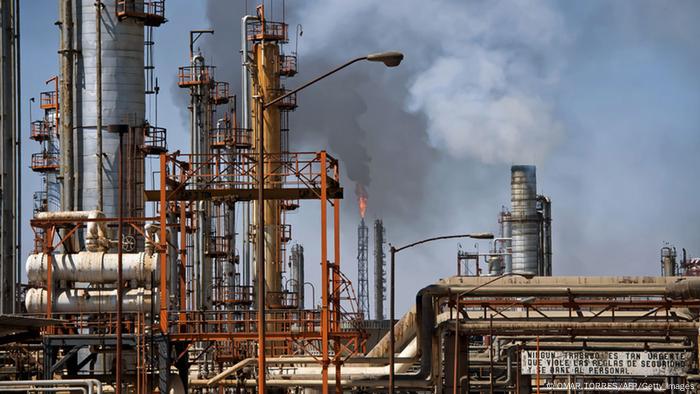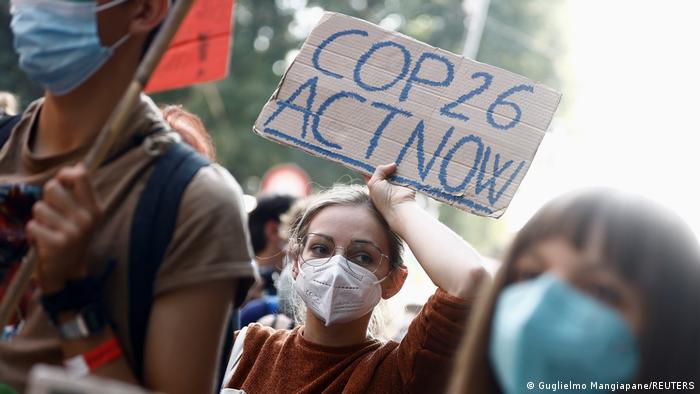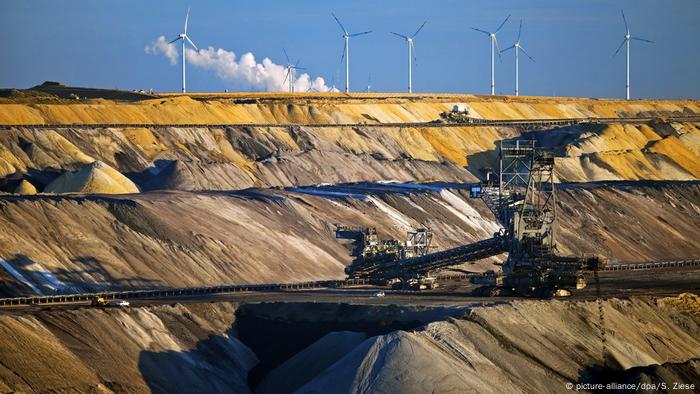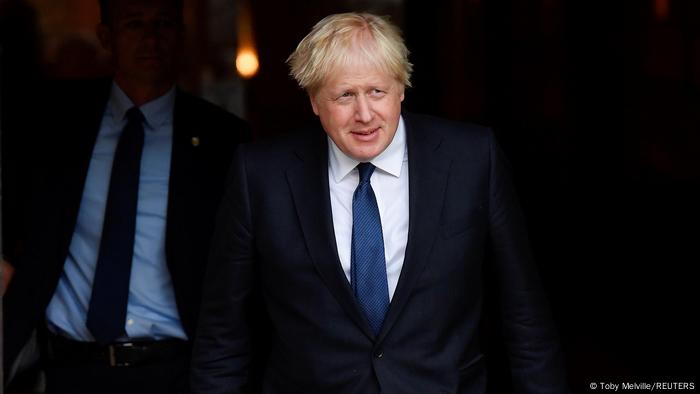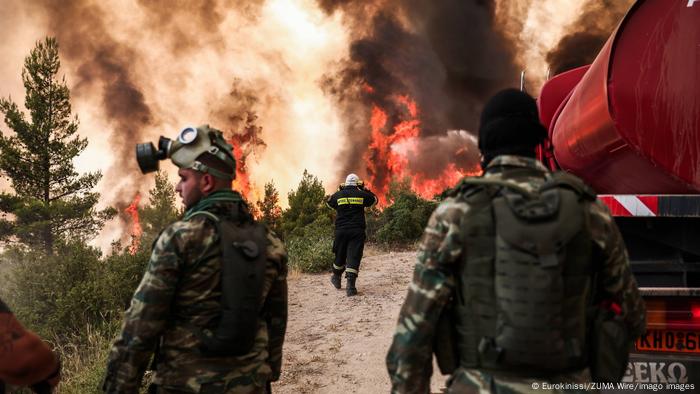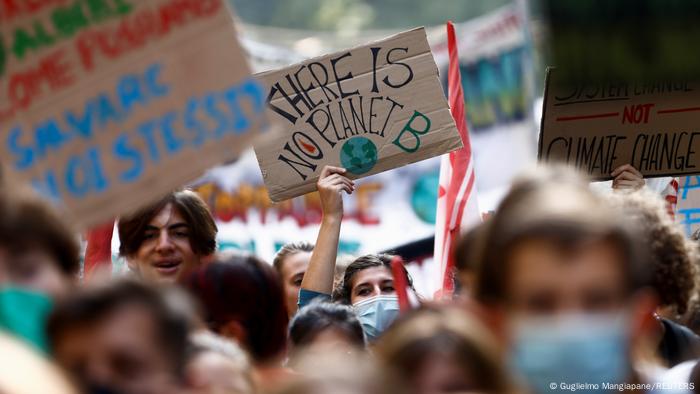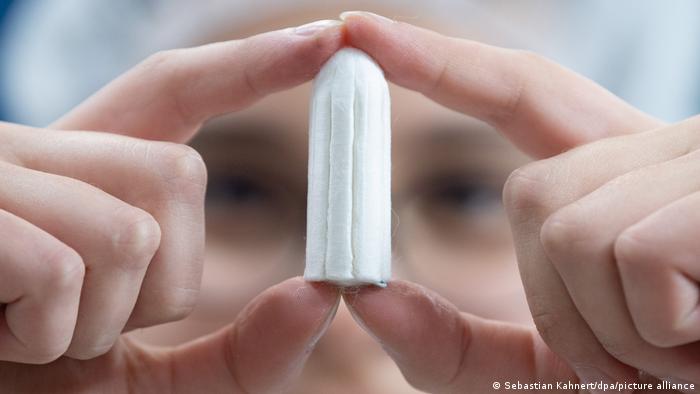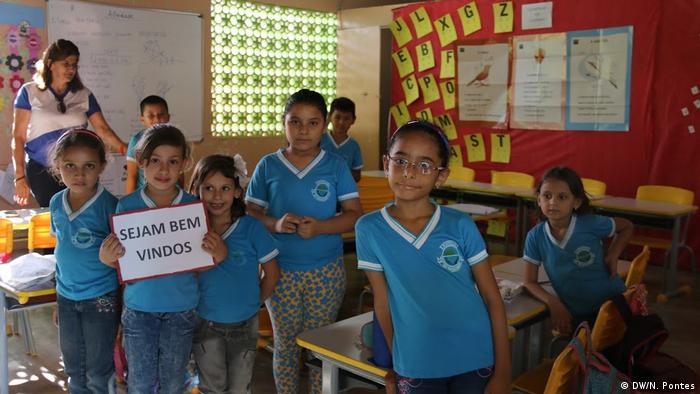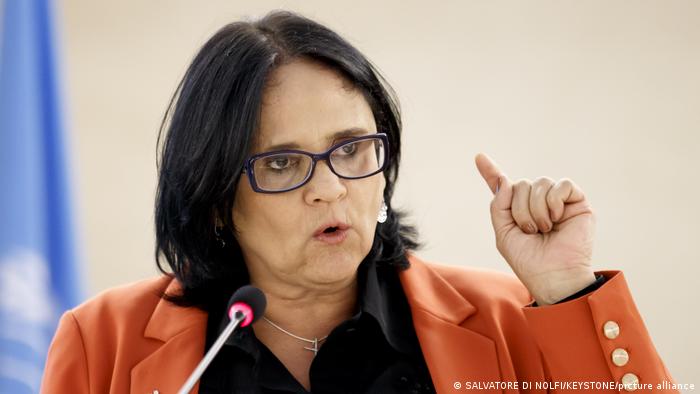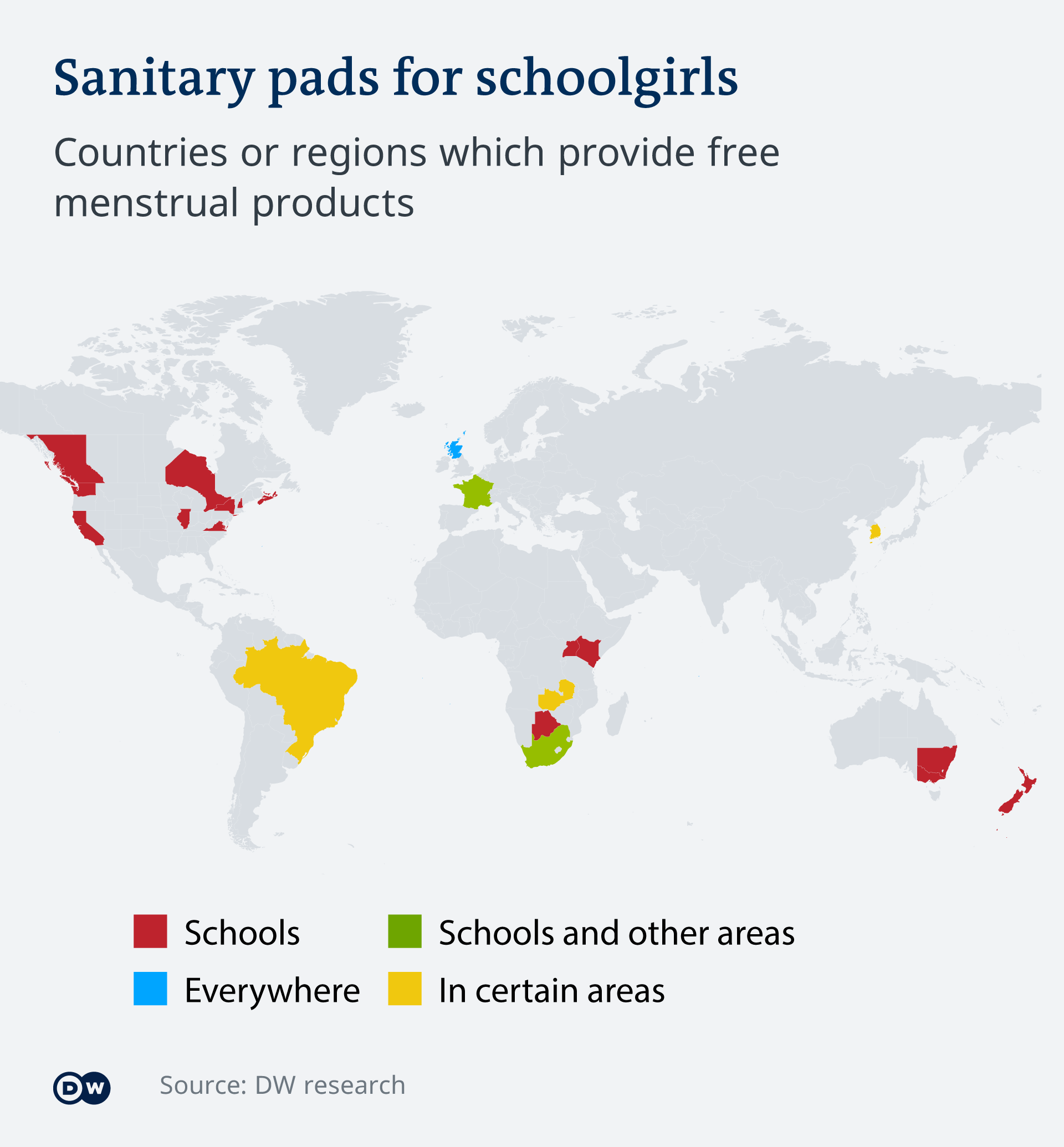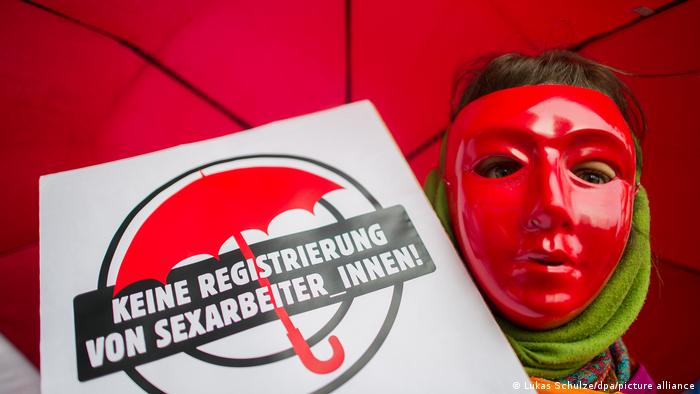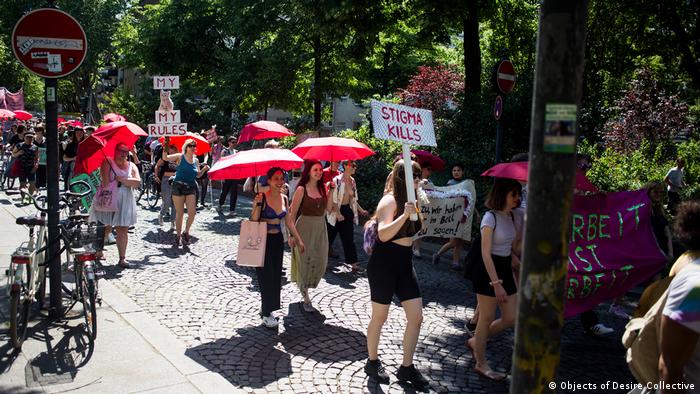Associated Press

This image courtesy of the State Office for Heritage Management and Archaeology Saxony-Anhalt shows the Nebra Sky Disc. The British Museum will display what it says is the world’s oldest surviving map of the stars in a major upcoming exhibition on the Stonehenge stone circle. The 3,600-year-old “Nebra Sky Disc,” first discovered in Germany in 1999, is one of the oldest surviving representations of the cosmos in the world and has never before been displayed in the U.K., the London museum said Monday.
(Juraj Liptak/State Office for Heritage Management and Archaeology Saxony-Anhalt via AP)
NOTE THE SEVEN STARS BETWEEN THE SUN AND MOON THESE ARE THE SEVEN SISTERS AKA THE PLEIADIES
LONDON (AP) — The British Museum will display what it says is the world’s oldest surviving map of the stars in a major upcoming exhibition on the Stonehenge stone circle.
The 3,600-year-old “Nebra Sky Disc,” first discovered in Germany in 1999, is one of the oldest surviving representations of the cosmos in the world and has never before been displayed in the U.K., the London museum said Monday.
The 30 centimeter (12 inch) bronze disc features a blue-green patina and is decorated with inlaid gold symbols thought to represent the sun, the moon and constellations.
The “World of Stonehenge” exhibition planned for next year will be the first time the disc has been loaned out from Germany for 15 years. The U.K. is only the fourth country the disc has travelled to after it was discovered buried in the ground in eastern Germany.
It will feature alongside an extremely rare 3,000-year-old sun pendant described by the British Museum as the most significant piece of Bronze Age gold ever found in Britain.
“The Nebra Sky Disc and the sun pendant are two of the most remarkable surviving objects from Bronze Age Europe,” said Neil Wilkin, the exhibition’s curator.
“While both were found hundreds of miles from Stonehenge, we’ll be using them to shine a light on the vast interconnected world that existed around the ancient monument, spanning Britain, Ireland and mainland Europe,” he added. “It’s going to be eye-opening.”
The exhibition aims to share a wider history of the mythology and cosmology surrounding the 4,500-year-old Stonehenge in southern England. Hundreds of artefacts from across Britain and Europe telling the story of Stonehenge will also be displayed.
The exhibition runs from Feb.17 to July 17, 2022.
The 3,600-year-old “Nebra Sky Disc,” first discovered in Germany in 1999, is one of the oldest surviving representations of the cosmos in the world and has never before been displayed in the U.K., the London museum said Monday.
The 30 centimeter (12 inch) bronze disc features a blue-green patina and is decorated with inlaid gold symbols thought to represent the sun, the moon and constellations.
The “World of Stonehenge” exhibition planned for next year will be the first time the disc has been loaned out from Germany for 15 years. The U.K. is only the fourth country the disc has travelled to after it was discovered buried in the ground in eastern Germany.
It will feature alongside an extremely rare 3,000-year-old sun pendant described by the British Museum as the most significant piece of Bronze Age gold ever found in Britain.
“The Nebra Sky Disc and the sun pendant are two of the most remarkable surviving objects from Bronze Age Europe,” said Neil Wilkin, the exhibition’s curator.
“While both were found hundreds of miles from Stonehenge, we’ll be using them to shine a light on the vast interconnected world that existed around the ancient monument, spanning Britain, Ireland and mainland Europe,” he added. “It’s going to be eye-opening.”
The exhibition aims to share a wider history of the mythology and cosmology surrounding the 4,500-year-old Stonehenge in southern England. Hundreds of artefacts from across Britain and Europe telling the story of Stonehenge will also be displayed.
The exhibition runs from Feb.17 to July 17, 2022.







